Church of the Pater Noster
Dozens of elegant ceramic tiles decorate these ancient walls, each displaying the Lord's Prayer in a different language.
Sitting atop the Mount of Olives, the Pater Noster Church is one of several buildings in the region that owes its current existence to the Carmelites, but its story extends much further back than this religious order. According to the Bible’s Gospel of Luke, Jesus Christ taught the Lord’s Prayer to his disciples somewhere between Betfage and Jerusalem. Since the Mount of Olives falls between these two cities, believers speculate that the prayer that beings “Our Father” (or “Pater Noster” in Latin) was first shared within one of the mount’s caves.
Today this belief is beautifully represented in the walls of the ancient Pater Noster Church, which is part of the Carmelite monastery. Embedded within the walls are a series of regularly spaced long ceramic tiles. Each includes a colorful border of flowers painted in a charmingly earthy palette, within which the Lord’s Prayer unfolds in a wide variety of elegant scripts.
Over 140 languages are represented, including those that are rarely given exposure outside of their particular linguistic communities. Nahuatl, Ilonggo, Coptic, Sioux, Burmese, and Gaelic are just a sampling of the myriad languages that visitors can appreciate as they stroll along the corridors of the monastic complex and church interior. Pilgrims from all over the world come to see their mother tongues represented, and to appreciate those of others.
While it is virtually impossible from a scholarly perspective to verify that the natural grottos located on the premises of Pater Noster Church are the setting described in the Gospel of Luke, people in biblical times undoubtedly took refuge within such structures. Not only is there ancient attestation of this practice, it also makes logical sense; shepherds and other wanderers regularly gathered in caves to keep cool and avoid the hot desert sun. To this day, Bedouins often guide their flocks into caves and other naturally occurring shelters. In fact, an ever-dwindling number still use caves as part-time domiciles.
Regardless of whether it was the location of the first Lord’s Prayer, the site of the Pater Noster Church came to be regarded as holy a few centuries after Jesus’s death. This is in large part attributable to St. Helena, mother of Constantine, the first Roman emperor to convert to Christianity. In the early 300s, St. Helena embarked on a tour to identify the holy sites scattered throughout the Levant. Convinced that this location was one of the places where Jesus instructed his apostles, she commissioned the construction of a church. Not long after, in 614, Persians destroyed it, but that was not its final fate.
Crusaders rebuilt the church in the 12th century. Unfortunately, due to the Pater Noster’s association with Crusaders and its relative insignificance to locals in comparison with the Church of the Holy Sepulcher and the Church of the Nativity—which were both spared—the sultan, Saladin, and his armies inflicted significant damage on the church. For centuries, it lay in a state of disrepair, but, yet again, it was destined to rise from the rubble. Approximately 770 years later, the complex was turned into a Carmelite monastery.
Despite a long cycle of destruction and rebuilding, the current iteration of the church shows no signs of going anywhere soon. It is extremely well-kept and has the aesthetic of a castle courtyard, what with its vaulted ceilings, palatial arches, and flourishing palm trees—to say nothing of the tiled walls, which are the most striking aspect of the entire property. Regardless of your faith or your linguistic prowess, Pater Noster Church is a moving testament to the brilliant variety of languages found within the human race, as well as the beauty that results when this diversity coexists in one space.
Know Before You Go
Typical opening hours are 8 a.m. to 12 p.m. and then 2 p.m. to 5 p.m. The phone number is +972 2-626-4904.
Combine a visit to the Church Pater Noster with a visit to the nearby Chapel of the Ascension, another small church with lots of history, five minutes away.

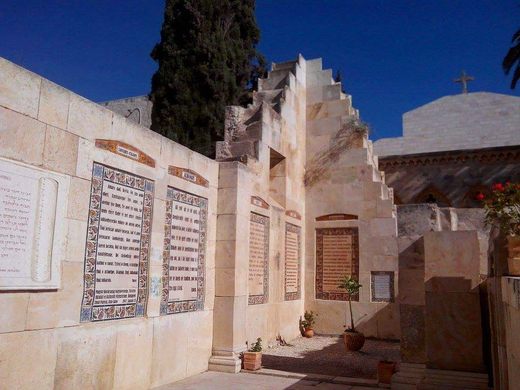
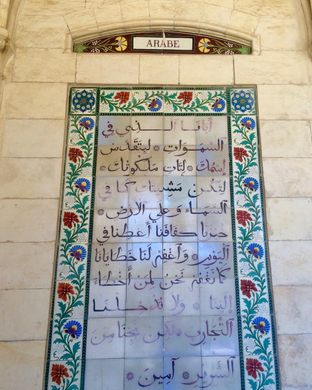



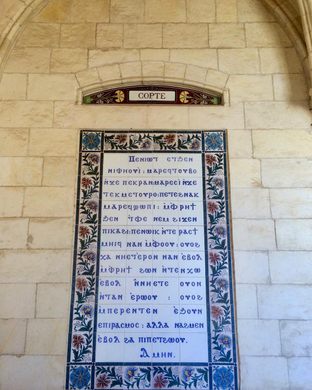
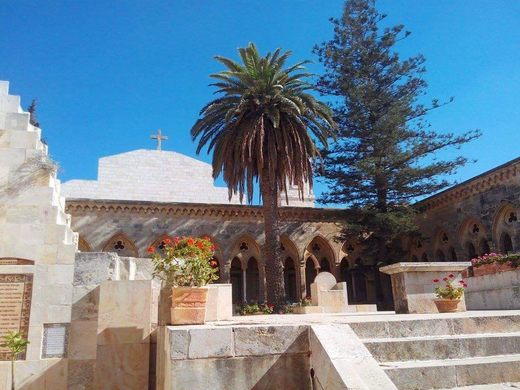
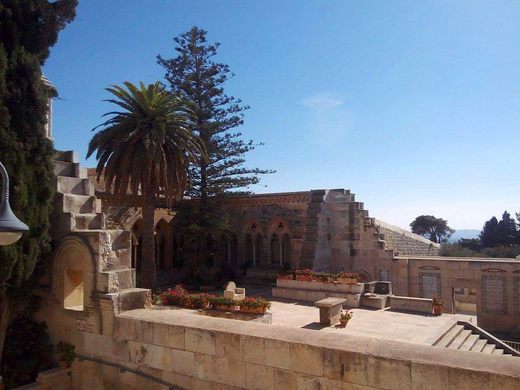
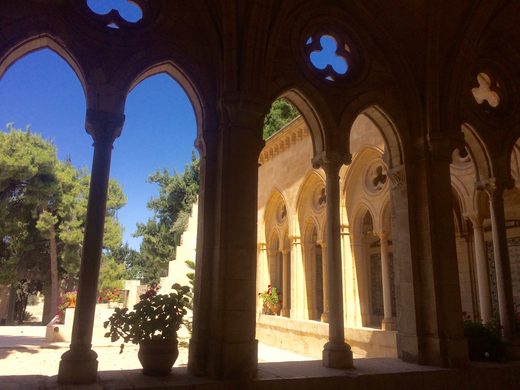
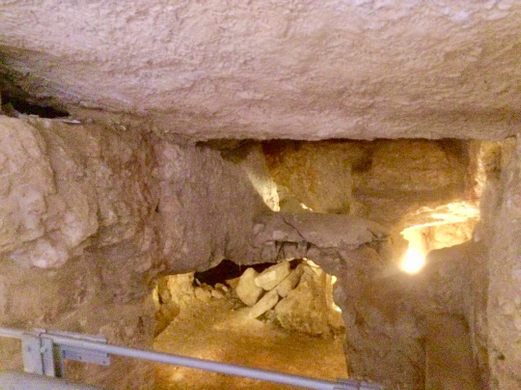






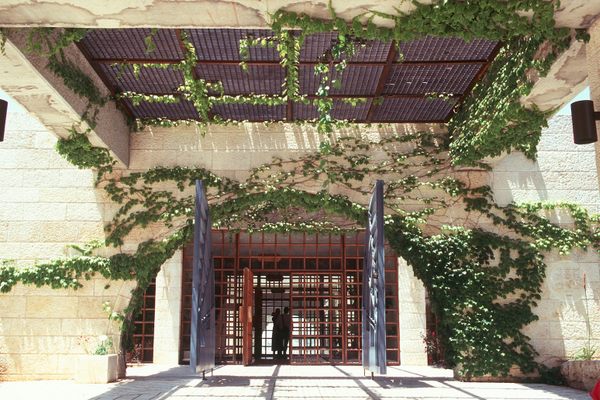








Follow us on Twitter to get the latest on the world's hidden wonders.
Like us on Facebook to get the latest on the world's hidden wonders.
Follow us on Twitter Like us on Facebook